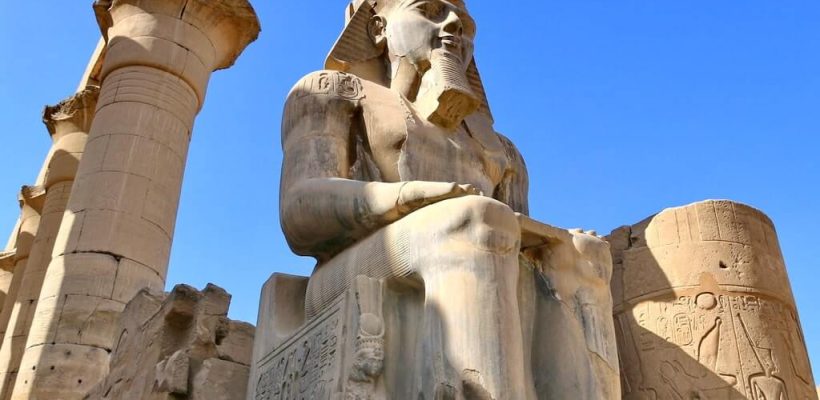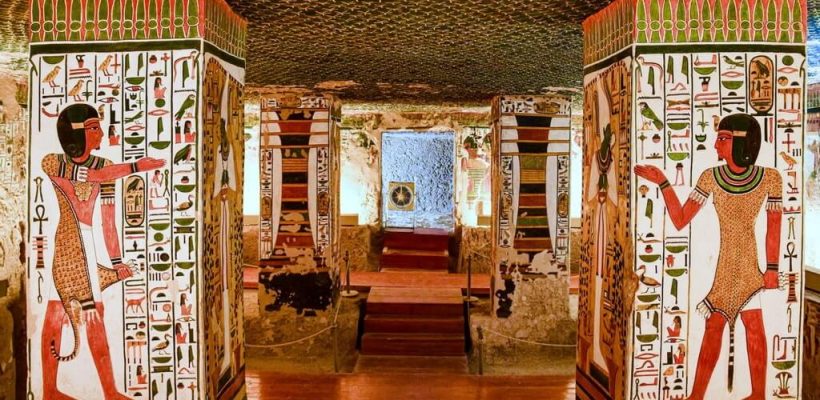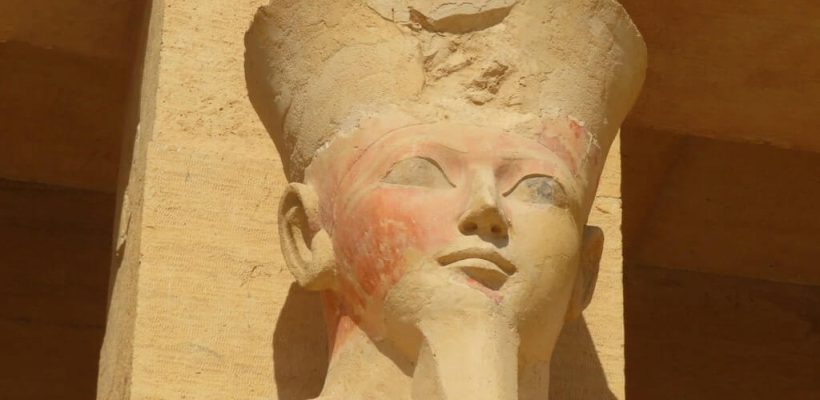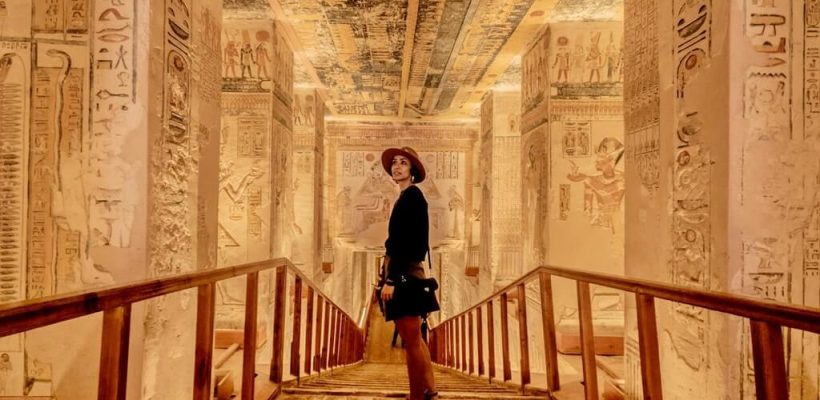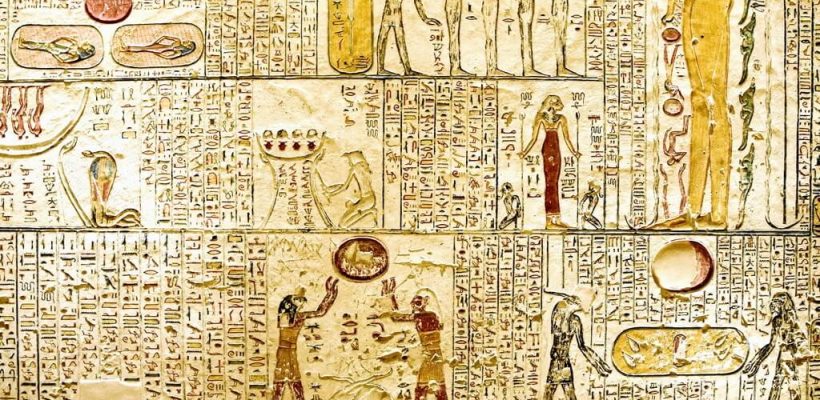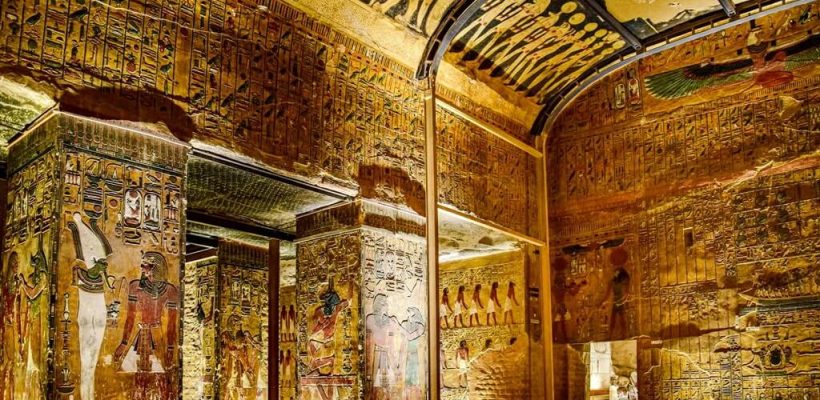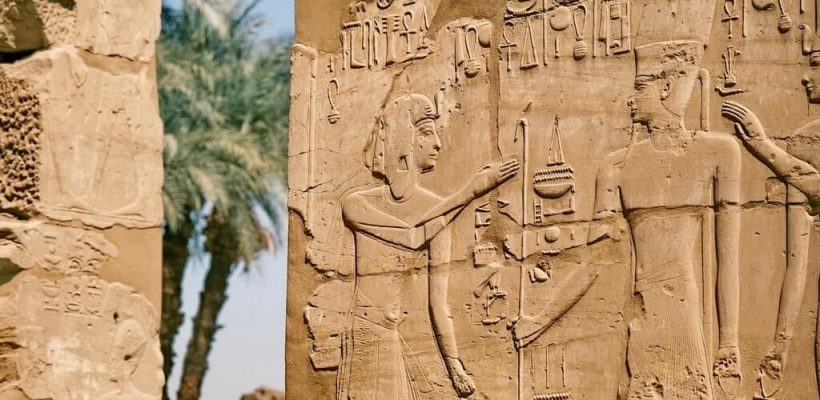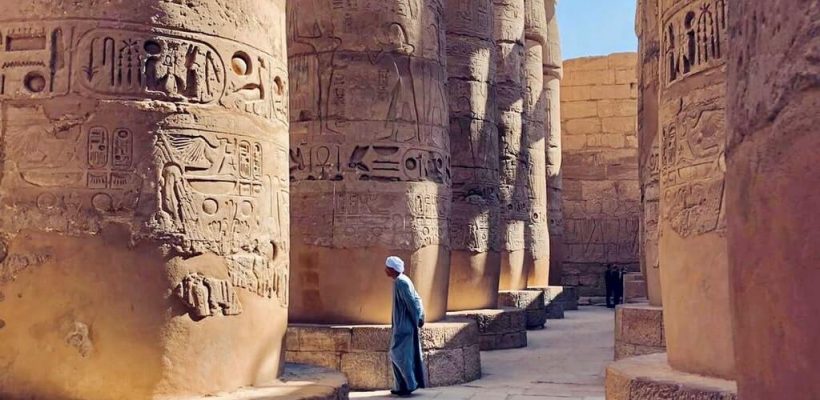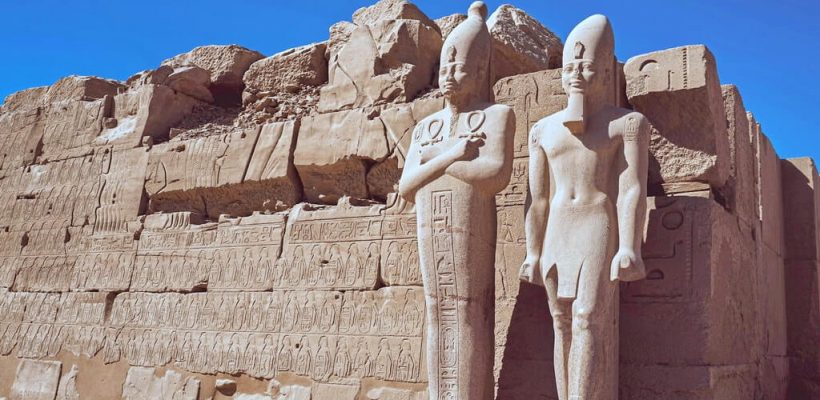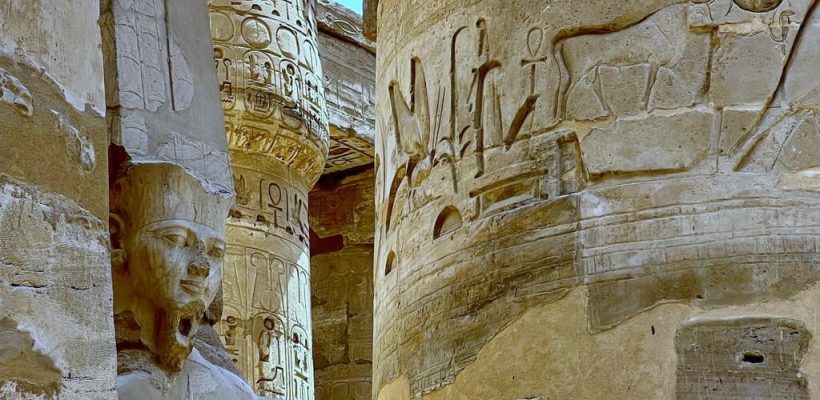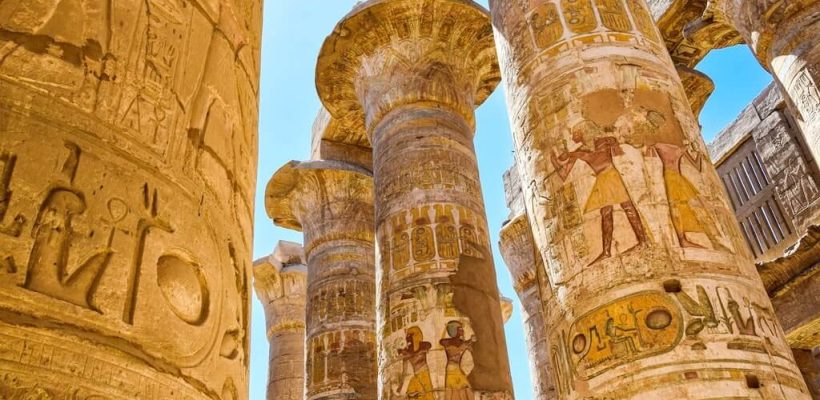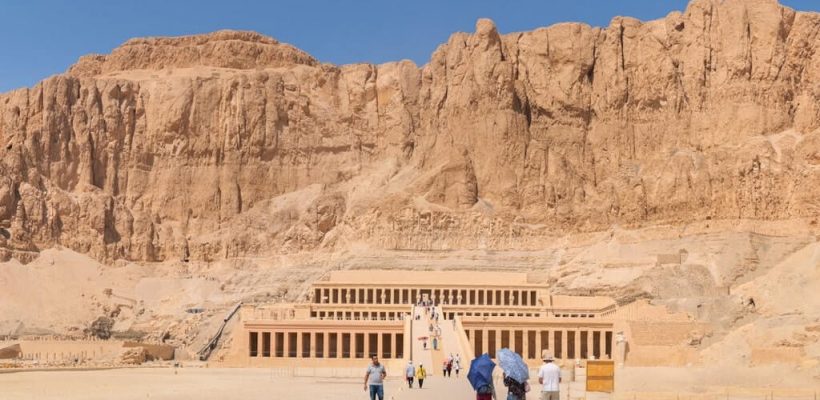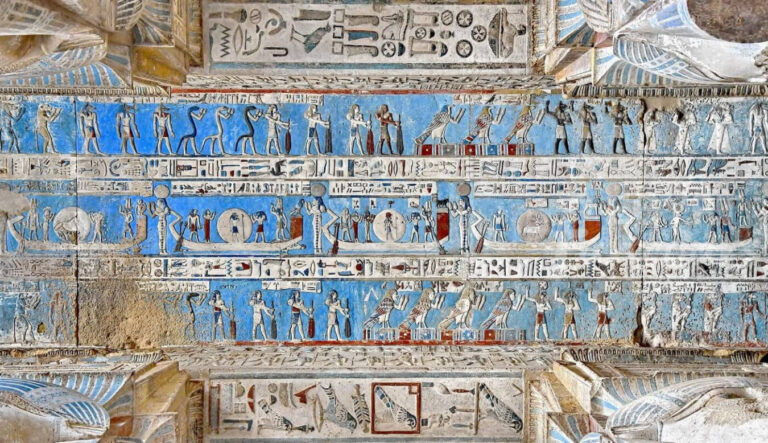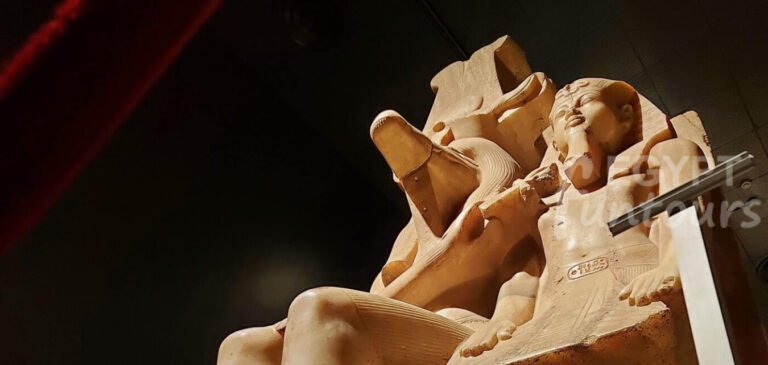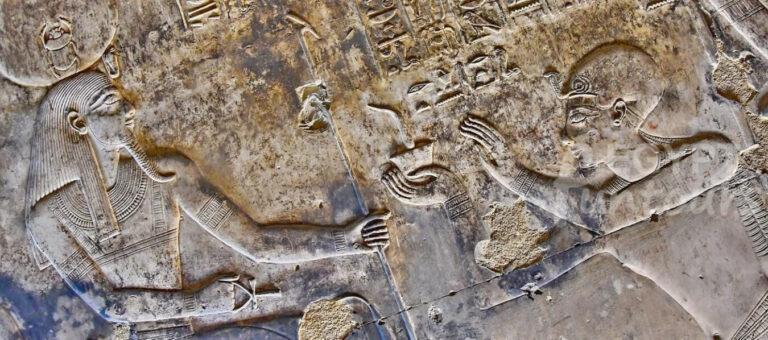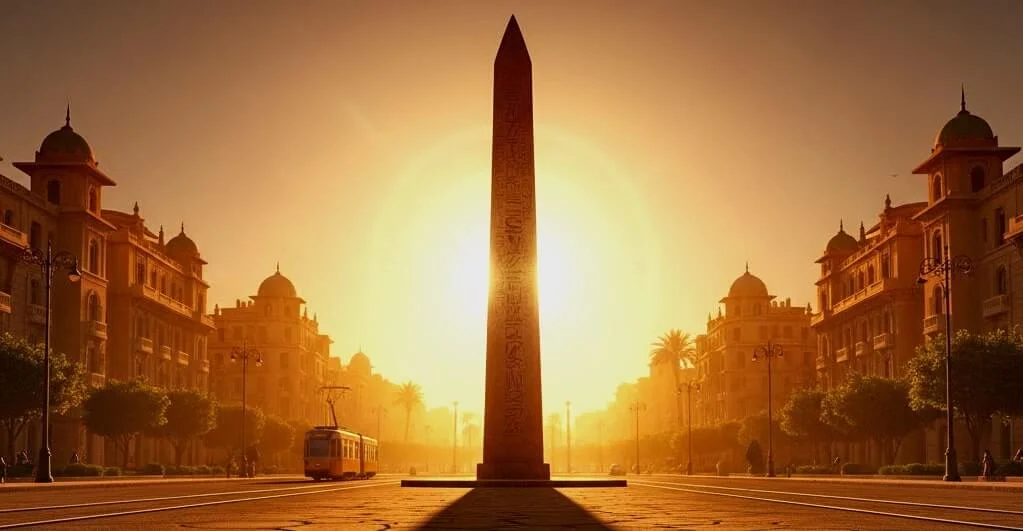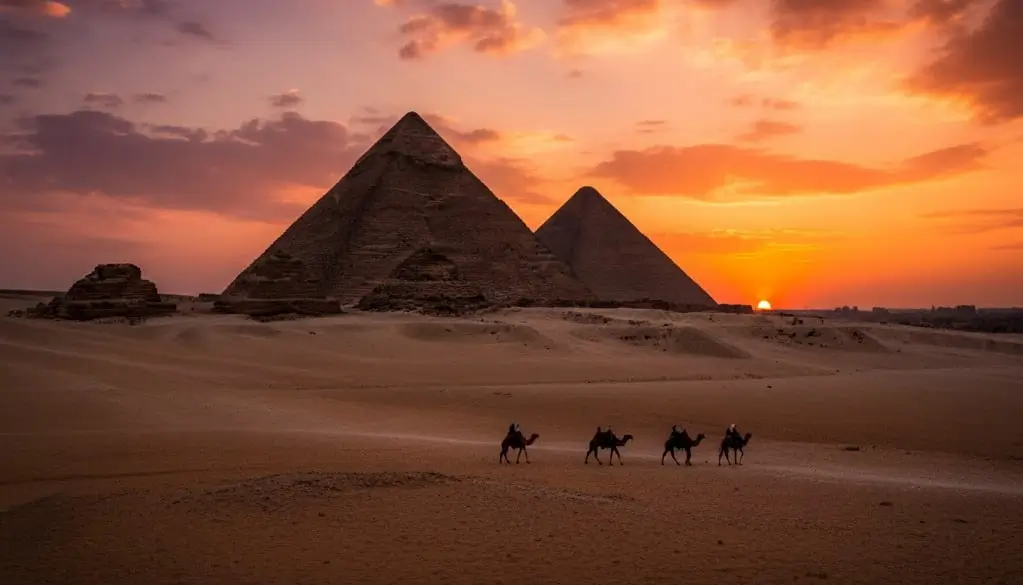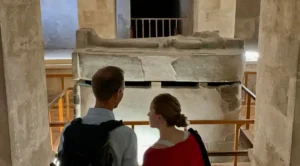Your Luxor tour from Safaga port promises an incredible journey through ancient Egypt. Our first stop is the magnificent Karnak Temple Complex.
Karnak Temple Complex: Egypt’s Largest Temple
The Karnak Temple Complex, near Luxor, is a vast collection of temples, pylons, chapels, and other structures. Ancient Egyptians originally called it Nesut-Towi, meaning “Throne of the Two Lands.” Construction began during the Middle Kingdom, around Senusret I’s reign. It continued into the Ptolemaic Kingdom. However, most extant buildings date from the New Kingdom.
This temple complex is part of the monumental city of Thebes. It served as the main worship place for the 18th Dynastic Theban Triad, led by the god Amun. The complex gives its name to the nearby modern village of El-Karnak, north of Luxor. In ancient Egyptian times, people knew the area around Karnak as Ipet-isut, “The Most Selected of Places.”
The Great Hypostyle Hall in the Precinct of Amun-Re is a famous feature. It spans around 50,000 sq ft. It boasts 134 massive columns arranged in 16 rows. The Karnak complex also includes the Karnak Open Air Museum.
Karnak History
The history of the Karnak complex largely reflects the history of Thebes. It shows the city’s changing role in culture. The Karnak complex divides into four main parts: Precinct of Amun-Re, Precinct of Mut, Precinct of Montu, and the Temple of Amenhotep IV. The Precinct of Amun-Re is the largest. It dedicates to Amun-Re, the Theban Triad’s chief deity.
The Precinct of Mut, south of the newer Amen-Re complex, honored the mother goddess, Mut. She became identified as Amun-Re’s wife in the Eighteenth Dynasty Theban Triad. The Precinct of Montu dedicates to Montu, Mut and Amun-Re’s son, a war-god. Akhenaten (Amenhotep IV) constructed a temple east of the main complex. It stood outside the Amun-Re precinct walls. However, they deliberately dismantled it.
In medieval Europe, Thebes’ exact placement remained unknown. Yet, both Herodotus and Strabo precisely described Thebes’ location. They also detailed the necessary Nile travel distance to reach it. Today, Karnak is a popular tourist destination.
Luxor Temple: Built by King Amenhotep III
Luxor Temple is a large ancient Egyptian temple complex. It stands on the east bank of the Nile River in Luxor, ancient Thebes. Builders constructed it around 1400 BCE. It was one of two primary temples on the east bank, alongside Karnak. Unlike other Theban temples, Luxor Temple does not dedicate to a cult god or a deified pharaoh in death. Instead, it focuses on the rejuvenation of kingship. Many pharaohs of Egypt may have been crowned here, either literally or symbolically.
Builders used sandstone from the Gebel el-Silsila area in Southwestern Egypt for the Luxor Temple. Famous pharaohs like Tutankhamun and Ramesses II built many parts of the temple. Amenhotep III of the 18th Dynasty and Alexander built chapels.
The temple’s components
The temple complex includes various sections. The Avenue of Sphinxes and Shrine stations lead to the temple’s entrance. The Abu Haggag Mosque, an active mosque, sits atop the inner ruins of Luxor Temple. During the Roman era, the temple and its surroundings served as a legionary fortress. It was also the home of the Roman government in the area. Consequently, a chapel within Luxor Temple, originally for the goddess Mut, transformed into a Tetrarchy cult chapel. Later, it became a church.
Luxor Temple dedicated to the Theban Triad: Amun, his consort Mut, and their son Khonsu. The temple is renowned for its beautiful architecture, carvings, and reliefs. These depict important stories and events from ancient Egyptian history. Along with other archaeological sites in Thebes, Luxor Temple earned UNESCO World Heritage List inscription in 1979. It remains a popular tourist destination today.
Valley of the Kings: Home to Over 65 Royal Tombs
The Valley of the Kings is a famous burial ground in Egypt. It houses pharaohs and nobles, dating back to about the 16th century BCE. Located on the Nile River’s west bank in Luxor, it contains over 60 tombs. Many belonged to Egyptian pharaohs. The valley’s remote location made it harder for thieves to loot the graves.
Tombs in the Valley of the Kings boast elaborate paintings and inscriptions. These include scenes from ancient Egyptian mythology, the pharaoh’s life, and afterlife descriptions. Some tombs feature elaborate burial chambers, while others have simpler designs. Tutankhamun’s tomb is the most famous. British archaeologist Howard Carter discovered it almost entirely intact in 1922.
Incredible Treasures
Despite ancient robberies, many tombs still hold incredible treasures. These include artifacts and sarcophagi made of gold and precious stones. The tombs’ design also interests archaeologists greatly. They offer insight into ancient Egypt’s complex beliefs and culture.
Today, the Valley of the Kings is a popular tourist site. Visitors can explore some tombs, though not all remain open to the public. This helps preserve them. The site also offers a glimpse into ancient Egyptian history. It showcases this ancient civilization’s incredible culture and beliefs.
Lunch: Local Egyptian Food
Enjoy a delicious lunch featuring local Egyptian cuisine.
Temple of Queen Hatshepsut: The Queen’s Mortuary Temple
The Temple of Queen Hatshepsut, also known as the Mortuary Temple of Hatshepsut, is an ancient Egyptian monument. It sits on the Nile River’s west bank in Luxor. Builders constructed it during Egypt’s 18th dynasty. It dedicates to Hatshepsut, one of the few women to rule as pharaoh.
Senemut, Hatshepsut’s royal vizier, designed the temple. Builders completed it over about 20 years. The temple’s architecture is unique. The temple is partly cut into a cliff, giving it a distinct appearance. It originally served as a place of worship. It also honored Hatshepsut’s accomplishments as a ruler.
The Temple of Queen Hatshepsut features many wall carvings and reliefs. Many depict important events from Hatshepsut’s reign. These carvings have helped historians and archaeologists understand this famous pharaoh’s life.
Although some parts of the temple suffered damage over time, much remains intact. They have restored and preserved it. Today, the Temple of Queen Hatshepsut is a popular tourist attraction. People from around the world visit to learn about ancient Egyptian history and culture.
Colossi of Memnon: Large Statues of King Amenhotep III
The Colossi of Memnon are two enormous stone statues of Pharaoh Amenhotep III. They stand at the entrance of his mortuary temple. This temple is on the Nile River’s west bank in Luxor. Each statue stands approximately 60 feet tall. They have stood in place since around 1350 BCE.
The Colossi of Memnon are known for their impressive size. They also hold great historical and archaeological significance. Although the statues sustained damage over time, they have been restored and preserved. This allows visitors to see them in person and learn about ancient Egypt’s history.
The Area of Memnon
Intriguing stories and myths surround the Colossi of Memnon. One famous story involves the statues “singing” at dawn. This was supposedly caused by the breeze blowing through cracks in the statues. While this phenomenon is no longer visible, it has become part of the Colossi of Memnon’s folklore. It adds excitement and intrigue to their story.
Overall, the Colossi of Memnon represent an impressive and iconic part of ancient Egyptian history and culture. They continue to draw visitors from around the world. These visitors seek to learn more about this incredible civilization.
This concludes your Luxor tour from Safaga port.

